Museums are often the crown jewels of a place, concentrating valued treasures into a single, exhilarating space. Within their walls we find some of the most vivid and profound windows into the art, history, culture, and natural wonders of our world. But with so much value in one place they are often vast, overwhelming, and expensive, leaving visitors looking for the best museum tips for their visits.
Personally, I have had some of the most meaningful experiences of my life in museums and I know how powerful they can be. I have also organized multiple group visits to museums and have experience helping visitors make the most visiting a museum. In this article, I’ll share how to make your visit as stress free, enjoyable, and meaningful as it can be with tips you can use before, during, and after your trip.
This post may contain affiliate links which means Trip Scholars may make a small commission (at no extra cost to you) if you make a purchase. As an Amazon Associate I earn from qualifying purchases. Read more here. Thanks for your support!
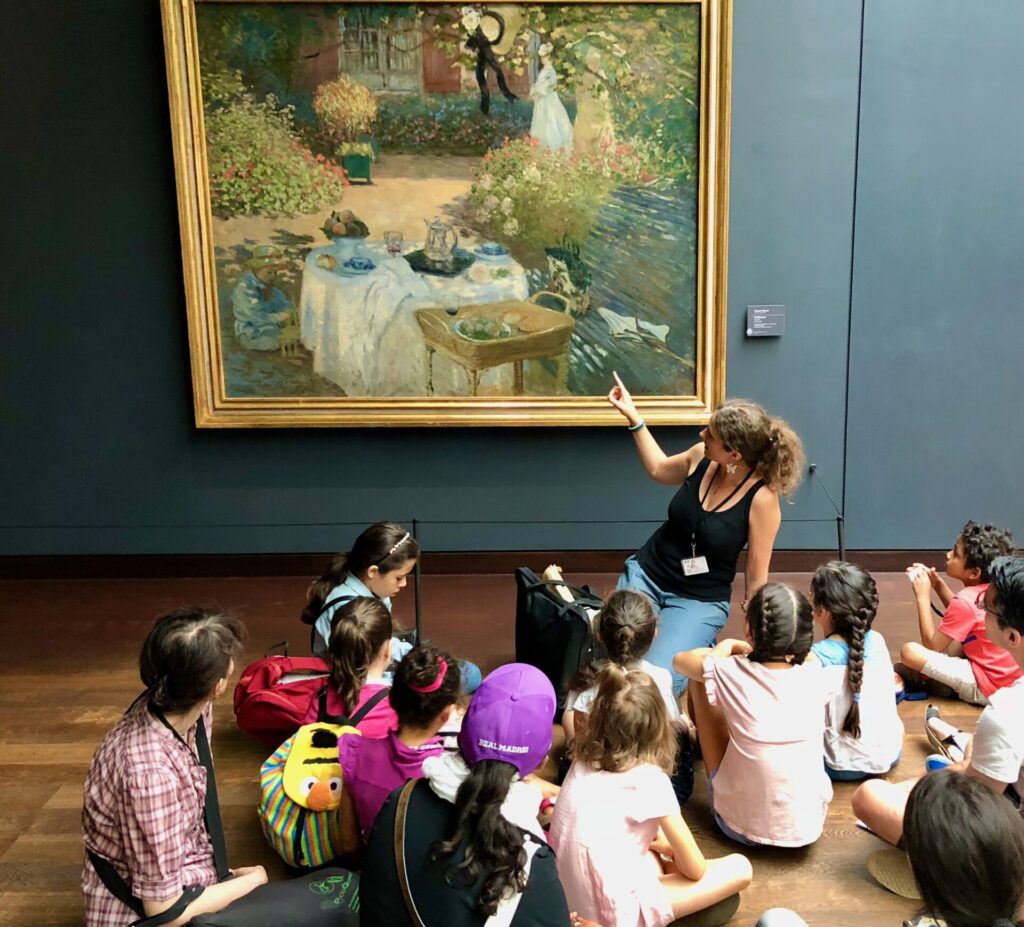
Visiting a museum with kids or teens? Read our supplemental article here: Tips for Visiting a Museum With Kids
Museum Tips: Before You Go
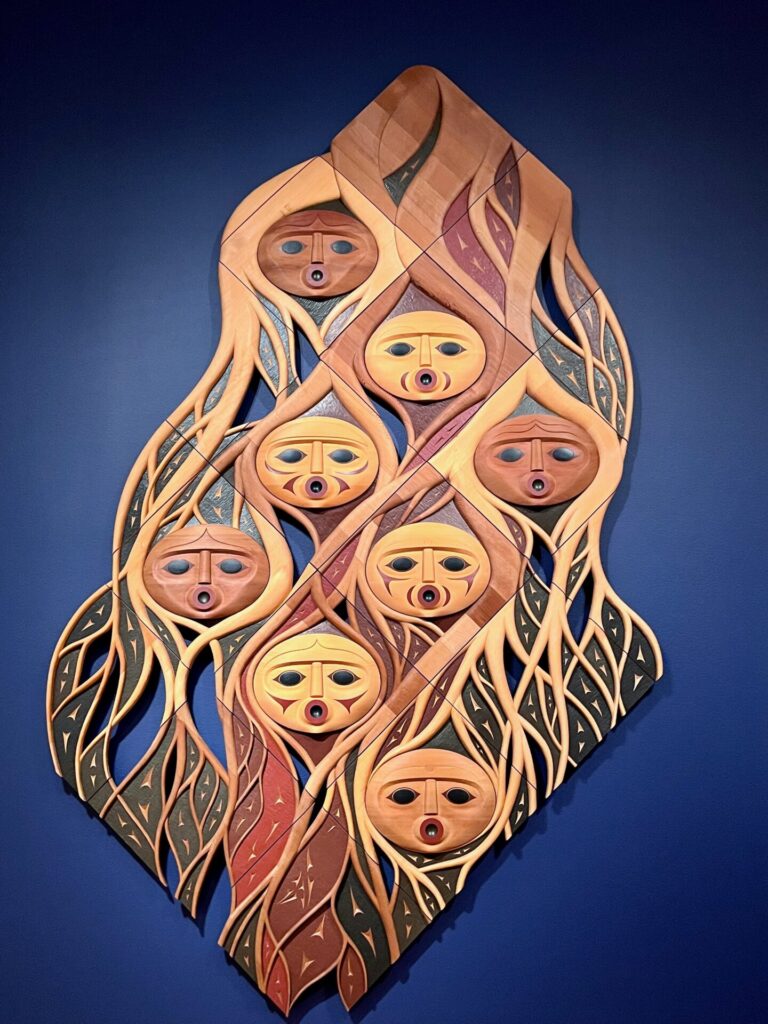
Know That You are Welcome
You don’t need to know anything special to enjoy yourself in a museum. They are made for everyone and your experience will be personal to you. There are countless types of museums, choose one that appeals to you and enjoy it in a way that is meaningful to you. The rest of this article will share many ways to enhance your trip, but the most important thing is just to go! Choose the tips that are best for you and plan your trip to a museum today.
Visit the Website
One of the best museum tips is to visit the website before you go. Most museums have websites and apps that provide detailed information about their collections, temporary exhibitions, special events, opening hours, and admission fees. Look at the maps, suggested tours, and exhibits. Planning ahead allows you to focus on what interests you most, saving time and ensuring you don’t miss out on your favorite experiences while you are visiting the museum.
Plan Your Visit
The most frequent mistake visitors make when visiting a museum is using their energy and time at the exhibits that happen to be closest to the entrance. Research shows that we usually spend the most time and energy with the first exhibits we see. By the time we reach further rooms, we are often experiencing museum fatigue. So spend time before you arrive thinking about what you really want to see and go to those rooms first. You don’t need a detailed itinerary, unless you want one! Instead, choose a few things you are most interested in and head there early.

Learn Before You Go
Use books, blogs, movies, videos, the museum’s website and other resources to familiarize yourself with the collections. Many museums offer a section on their website for educators or parents with activities and resources to enhance learning before and after the trip. Even if you don’t engage in the actual activities, you will get ideas about creative ways to approach the exhibits.
The more we understand the context of what we see, the deeper our understanding often is. Trip Scholars is dedicated to helping travelers learn more and you will find many resources throughout this website. We also have a free guide with step-by-step activities you can do to learn more before you go. Grab your free copy here!
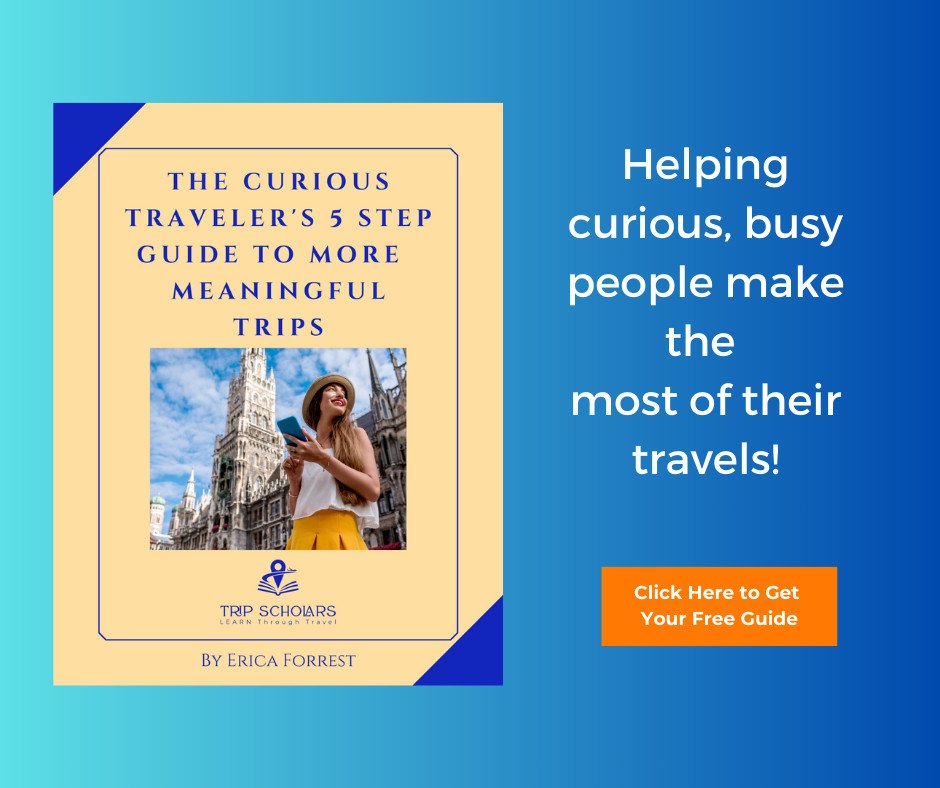
Check for Discounts and Special Offers
Many museums offer discounts or free admission on certain days or specific times, especially for students, seniors, and children. If you are traveling with anyone in these groups, be sure they bring their school or government ID so they can get free or discounted admissions.
Additionally, many libraries have museum passes to nearby museums that locals can check out with their library card. Some museums offer free admission to underserved communities through programs like Museums for All.
The majority of museums also have memberships that provide benefits like free entry for a year, discounted tickets for guests, and invitations to special events. If you plan on going multiple times in one year, these passes are a great deal. There are also reciprocal relationships between many museums, like the North American Reciprocal Museum Association (NARM), so check your fine print.
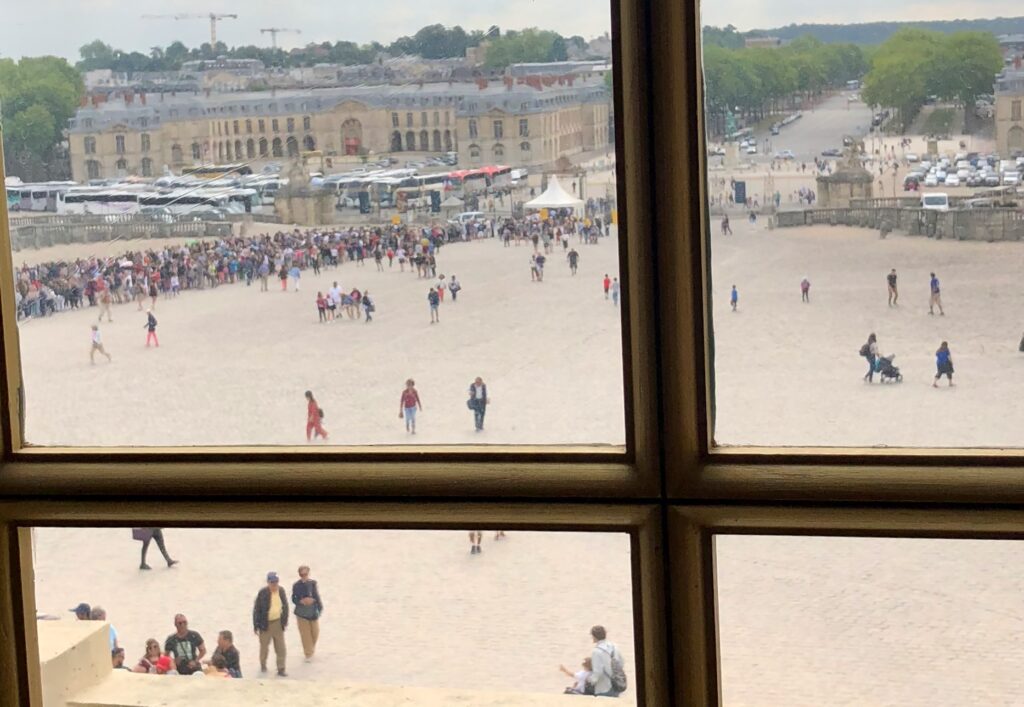
Skip the Line if You Can
Some of the most popular museums in the world have entrance lines that can take hours to get through. If you only have a limited time in a city, this can significantly impact your trip. There are frequently multiple ways to skip these lines, but you have to do some research beforehand to take advantage of this museum tip.
Savvy travelers who plan to visit multiple museums in a city or region find out if there is a local museum pass program. These allow you to visit multiple museums and other sites within a set period of time for one price. If using a multi-site pass that requires picking it up in person, consider picking it up at one of the less frequented sites so you can skip the line. Many can be purchased on your phone in advance.
Another option is to buy timed entrance tickets online in advance. Many entrances will have two lines, one for general entry and another, much shorter line, for timed tickets. You can often purchase the timed ticket from your phone while you are standing in front of the entrance and save yourself lots of time.
One of the best features of many tours is that they allow you to skip the lines. Get Your Guide has options for most major museums, with some offering just a skip the line option without an actual tour.
I have found some of the best skip the line options by reading travel forums like Tripadvisor, Rick Steves, and Fodors. Use the search feature and see what you can find. We were able to skip the enormous line at Versailles by eating breakfast in a restaurant that exited directly into the entrance to the palace. We have also learned about less well known entrances that have shorter lines and a quicker entry on these forums.
Not all museums require a skip the line option though. Read up before you spend money and find out if these skip the line museum tips are really needed.

Consider Timing
If you want to avoid crowds when visiting a museum, consider visiting during non-peak hours, such as weekdays. Keep in mind that schools often have field trips during the week, so early morning and mid afternoon on those days often have fewer visitors. Sensory-friendly hours are being offered at more museums too, often before museums open to the general public and you will find fewer crowds and lessened stimulation.
Free admission days or times are often the most crowded, so plan accordingly if avoiding crowds is important to you.
Museums frequently close on specific weekdays (most often Mondays), so be sure to check the website. Additionally, check if the museum has special events or exhibitions during specific times that might interest you.
Also choose a time that is good for you personally. Ensuring that you and your companions are not hungry, thirsty, tired, or sick will make for a much better trip.
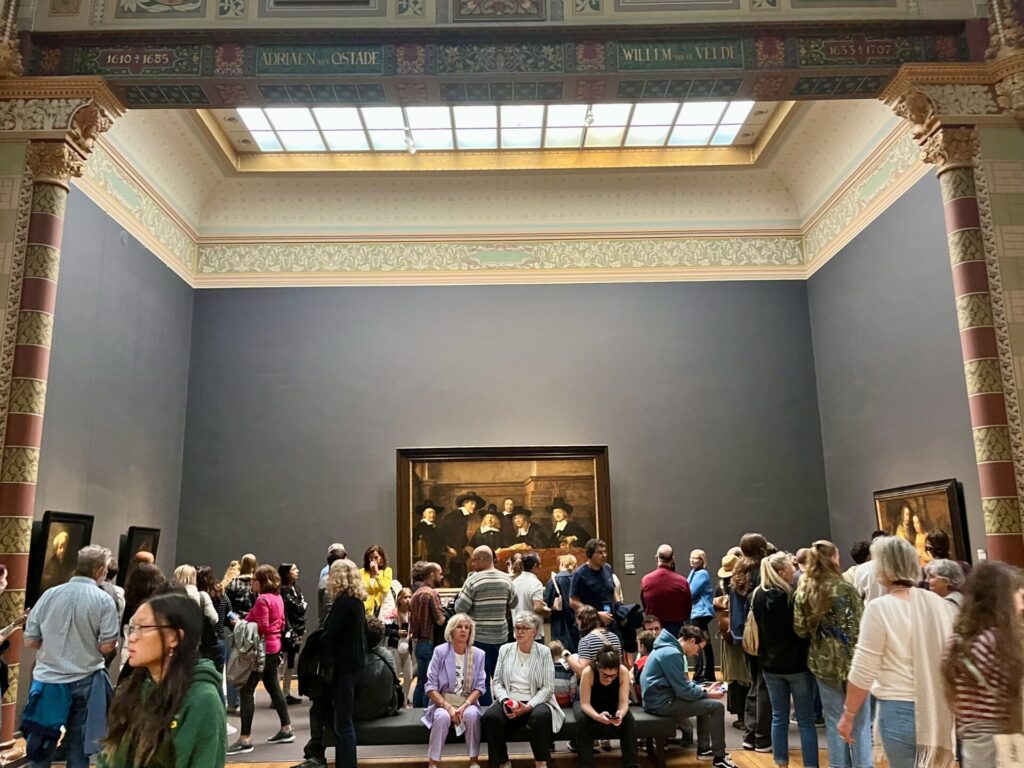
Dress Comfortably
Wear comfortable shoes because you will likely do a lot of walking and standing on hard ground. Layers of clothing are a great idea, as museum temperatures can vary. Some, like the Vatican Museums, have a dress code so check before you go especially if it is a religious museum.
Understand the Etiquette
Each museum has its own set of rules and policies. Some may have restrictions on large bags, food, or drinks, while others may not allow strollers or backpacks. Knowing the rules in advance of visiting the museum will help you prepare accordingly. Many offer a coat and bag check so even busy travelers can visit enroute to their next destination.
Photography guidelines vary considerably, sometimes even within a single museum. If you plan to take photos, look up the guidelines before you go.
Common courtesy will serve you well in museums just like anywhere else. If there are many people around an exhibit, wait patiently but don’t be shy about approaching a piece closely when it is your turn. Enjoy the experience, then step back after viewing if others are waiting. You can always circle back or linger and wait for a break in the crowds. In fact, there will often be waves of crowds at the most popular sites. On multiple occasions, I have waited for the wave to pass and appreciated viewing mostly to myself.

Museum Tips: While You are There
Start with a Map
Museums are some of the biggest buildings in the world! When you arrive at the museum, pick up a map or use an app if available. Familiarize yourself with the layout and identify the areas or exhibits you’re most excited about. This way, you won’t feel overwhelmed by the vastness of the space. Feel free to meander, but use a map to help you get to the sites you most want to see.
Take in the Big Picture
When you arrive in each room, take a moment to step back and take in the big picture. What catches your eye? You don’t need to stop at every piece. This can also be a fascinating opportunity to watch others interacting with the exhibits and notice the flow of the space.

Take Your Time
Spend as much or as little time as you need in each section, absorbing the history and culture behind each piece. A study shows that the mean time visitors spend with a piece is 29 seconds. It is not possible to take in a piece fully in that amount of time, so instead, dive deeper into the pieces that you are drawn to.
Notice your natural reaction to a piece and spend time reflecting on how it makes you feel or what it makes you think about. Wait to read the label and honor your own thoughts before reading what others have to say about it.

Choose Your Tours Carefully
Tours can greatly enhance a museum experience by helping visitors understand the historical and cultural contexts of the exhibits.
Many museums offer audio tours.These can be a fantastic option because they are affordable and you can choose which exhibits you want to learn more about. Some have their audio tours available for free download before you arrive, allowing you to skip the audio tour checkout line inside. There are also third party sites like Rick Steves that offer free and paid audio tours for popular museums. Consider bringing your own earbuds that you can use with some audio guides.
Tour guides, who are often gifted at bringing the exhibits to life, can be another valuable option. Many museums offer free and paid guided tours and it is worth checking the website to see what time they offer tours in a language you speak. While guided tours can be informative, don’t feel obligated to stick with the group the entire time. It’s perfectly fine to break away and explore at your own pace if you find something particularly fascinating. There are also third party sites that have tour guides available for hire and these are often the best choice for private tours.
You can also act as your own tour guide by doing research in advance. This not only allows you a much richer understanding of what you are seeing, it also gives you the space to be fully present. Visitors sometimes have transcendent experiences in museums and that can be more natural when standing alone next to a piece instead of being in a large group listening to a guide.
Share the Museum With Others
Visiting a museum can be enhanced both by time alone and time with others. Depending on your trip, you might want some of both.
Museums easily ignite curiosity and new ideas so they are ideal places to share with others. As Adam Gopnik shares in an article in The Walrus, “Talking in museums is one of the things that makes them matter.” I’ve enjoyed fascinating conversations with loved ones, students, and strangers in museums and have grown from many of them.

Consider Going Solo
Time alone in a museum can be transformative. This is known as the numinous museum experience and in the words of K.F. Latham at Kent State University it is, “characterized by deep engagement or transcendence, empathy, and a feeling of awe or reverence.” To reach this psychological state it can help to be alone with the exhibits. Giving ourselves the space to dive deep into our thoughts while standing in front of a Van Gogh painting or touching a massive meteorite can bring us to rapturous tears and is well worth finding some time alone when visiting a museum.
Time alone in a museum also allows us to find our own rhythm and spend as long or as little as we want with each piece. We can find a quiet corner or bench in front of a favorite piece to nurture our reflections or move quickly through spaces that don’t pique our interests.
Sketch or Journal
Bringing a sketchbook or journal when visiting the museum can be a creative way to engage with the collections. You don’t need to be an artist, jotting down your impressions can deepen your connection to the exhibits.
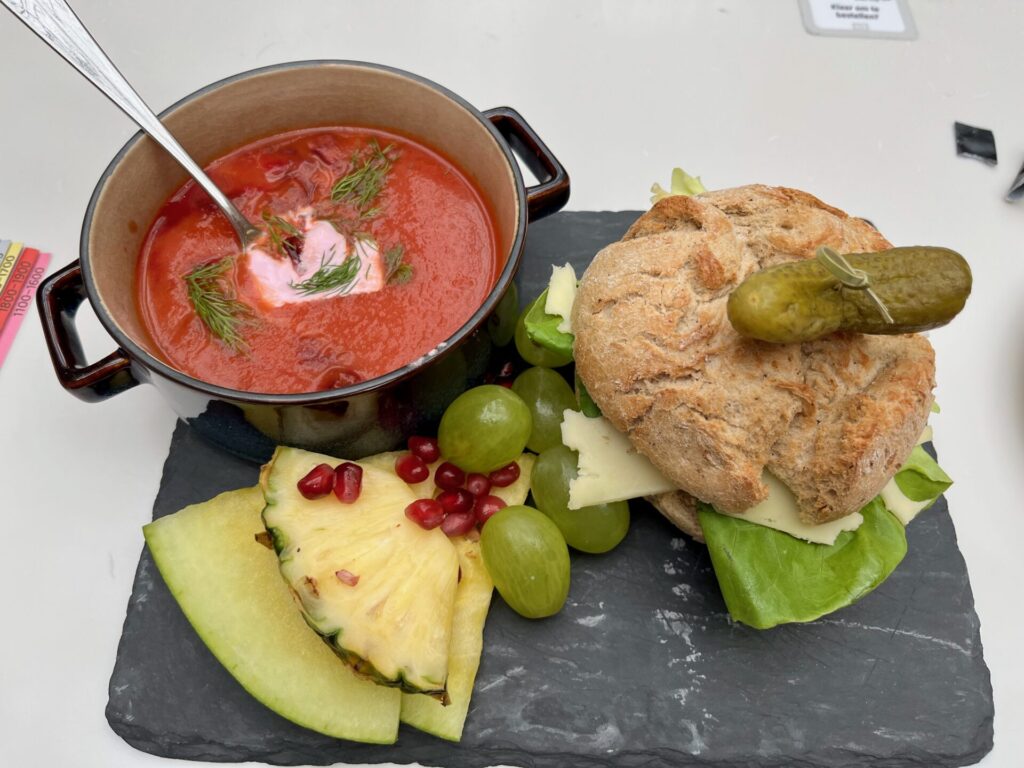
Take Breaks
The human brain has limits on how long we can concentrate, so if you are at a museum for an extended period add in some breaks.
Many museums have cafes, some quite beautiful and inviting with menus inspired by the collections. They can be a wonderful place to connect with family and friends and share what you have been seeing. If you are visiting solo, they are a great place to process what you have been experiencing and make decisions about the rest of your visit.
Another good place for a break is the gift shop. Even if you choose not to buy anything, you might find books, films, or activities to enjoy once you are home.
Many museums have a garden, sculpture garden, or other outside space that offers a quiet place for contemplation and rest. Some are even offering rooms that serve as meditation of yoga spaces. You can also often find a film or amphitheater that will give you a chance to rest in between exhibits.
Finally, one of the best options is often a quiet corner or bench away from the crowds. It can be fascinating to watch others interact with the exhibits while you are appreciating the museum and resting.

Keep Your Phone in Your Pocket
One of the best museum tips is to keep your phone in your pocket. Museums allow us to enter a state of flow where we can be fully present. Our phones distract us and break this opportunity for deeper thought and connection.
It is common to find many visitors taking multiple selfies in front of famous works, only to quickly move on to get their next photo. All without appreciating or being fully present to what they are seeing.
Yet, museums allow us to experience in person things we have thought about for years before arriving and it is natural to want to capture it in a photo. What is the best way to navigate these competing ideas?
One idea is to decide in advance not to take photos. Some museums restrict all photography so the decision will be made for you. In this case, you can decide instead to get books, postcards, or prints to enjoy at home instead.
Another option is to control our impulse to take out our phone while we enjoy an exhibit and only upon leaving the room, decide what to go back and photograph. This keeps us in the present moment, but also allows us to capture a few pictures to remember the day.
Museum Tips: After Your Visit
Reflect on Your Experience
After leaving the museum, take some time to reflect on your visit. What did you find most captivating? Did any particular piece leave a lasting impression?
Continue the Conversation
Share your museum experience with friends, family, or fellow art, history, science, or nature enthusiasts. Discussing your visit with others can deepen your understanding and appreciation of the artworks and artifacts you encountered.
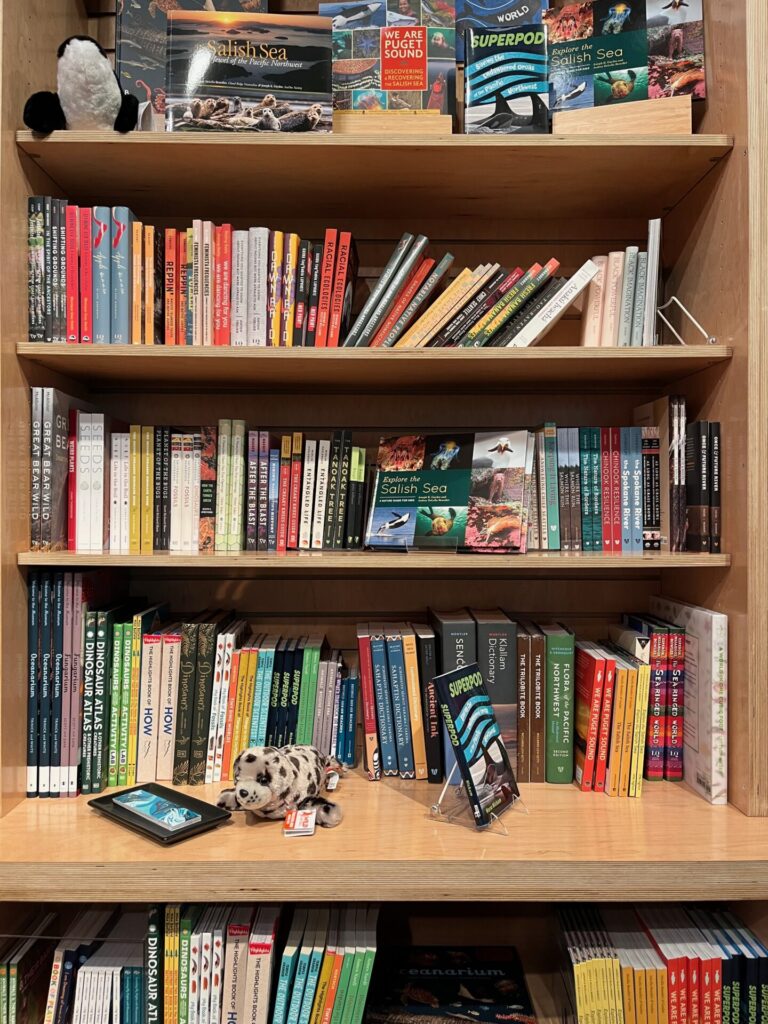
Explore Further
If a particular exhibit or artist piqued your interest, consider delving deeper. A great museum tip is to read books, watch documentaries, or attend lectures related to the subject. Learning more about what you saw can enhance your appreciation. Trip Scholars offers a range of ideas in this free guide.
Keep the Memories Alive
There are many ways to continue nurturing the thoughts and feelings you experienced in the museum. Share your photos in static or digital frames, create photo books and collages, or share them on social media. Journaling or sketching once home can let you dive much deeper. The gift shop will likely have home decor, clothing items, holiday decorations and much more that will serve as vivid reminders of your visit.
Inspired by your museum visit, try your hand at creating art or exploring a new hobby. You might discover a latent talent or find a new way to express yourself. You will often find activities that you can bring home in the gift shop whether it is a set of watercolors, a science kit, or a field guide to bring out on the trail.
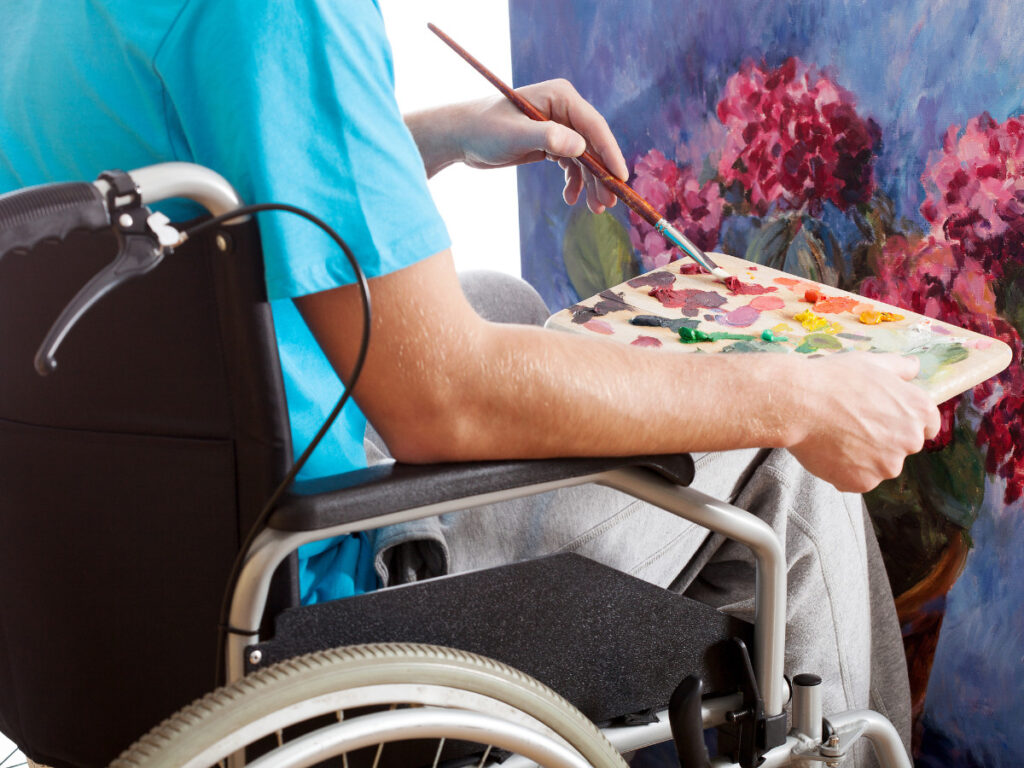
Become a Member
Consider becoming a museum member. Museums rely on community support to thrive and continue to offer valuable experiences.
Members often receive free admission for a year, discounted or free tickets to share with others, behind the scenes information and newsletters, and invitations to special events. If you plan to visit more than once a year, museum memberships can be a fantastic choice especially because you can enjoy short visits on multiple occasions.
Consider giving the gift of museum memberships to friends and family. These can be very thoughtful and useful presents. Memberships are often ideal for families and people who prefer experiences to things. I have been both the grateful recipient and gift giver of museum memberships and know that they are some of the most memorable of all gifts!

Check out our supplemental article Visiting a Museum with Kids
Making the Most of Visiting a Museum
Visiting a museum can be a truly enriching experience if you take the time to prepare, engage, and reflect. By following these museum tips before, during, and after your visit, you’ll not only make the most of your museum trip but also develop a deeper connection with the diverse array of human creativity and expression on display. What tips do you recommend to others? Tell us in the comments or let us know what questions you have about your next museum visit!

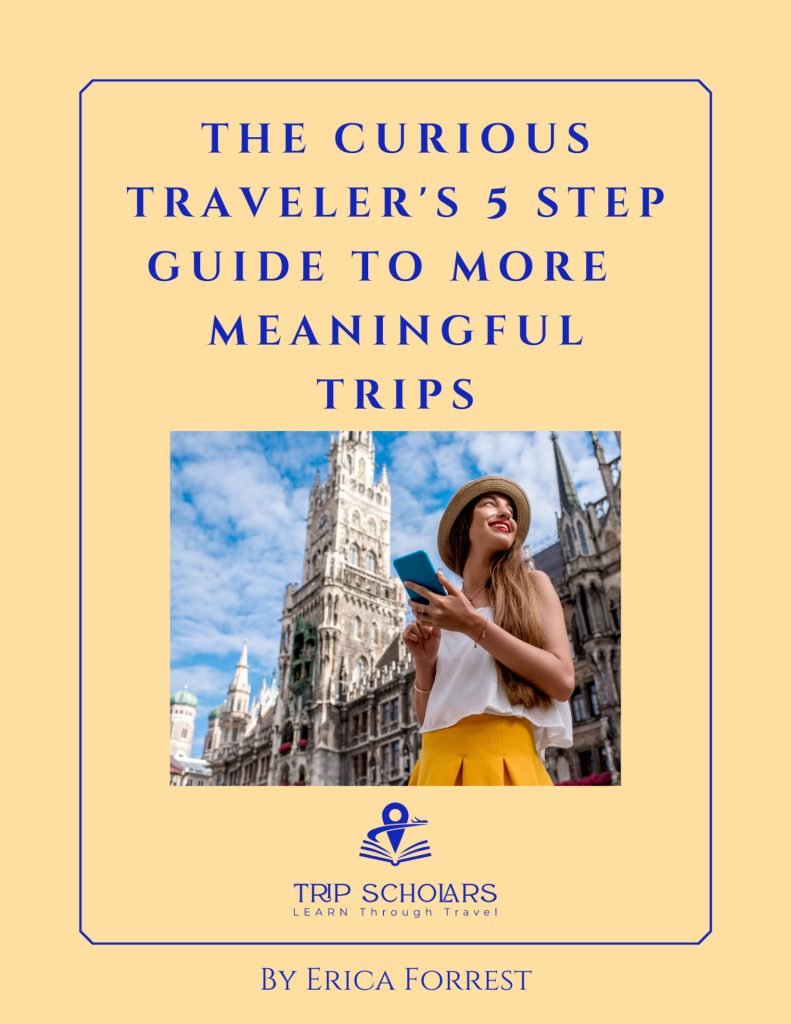
I agree that planning your museum visit in advance helps to make sure you get the most out of your visit. Great that the museums have such good websites to help with planning. Great tip to make sure you don’t burn all your energy in the exhibits closest to the entrance. We often try to pick a few things we really want to see and start there. And I like the idea of keeping your phone in your pocket until you exit a room before deciding what you want to photograph – if you can at all. Great tips!
Thanks so much, Linda! I love that you try to pick a few things in particular to see, that’s a great way to start and get the most from a visit.
I’m a big fan of visiting museums when traveling. So many of them have audio guides (some that you can listen to from your phone) which really deepens the experience!
I love the audio guides too, they often add a lot to the experience!
What great tips. I love the idea of phone in your pocket to stay in the moment, but I often find I’m taking notes on my phone so I can remember things later. It’s a hard balance for me, but I’m getting better with it. I also like the idea of planning the visit instead of just wandering around and potentially missing what you really want to see.
Wonderful that you take notes at museums! I think it is a hard balance for all of us to find with our phones. Being aware of it is such a key piece, and it sounds like you already have it!
Museums really are the best aren’t they! It’s one of the things I miss the most about London (almost all the museums are free, so you can go little and often, rather than feeling like to need to spend hooours to make the ticket price worth it.) Here in Canada the museums are fab too, but they are very expensive!
I agree with you 100%! Imagine what it would be like if our tax dollars covered museums and national parks!